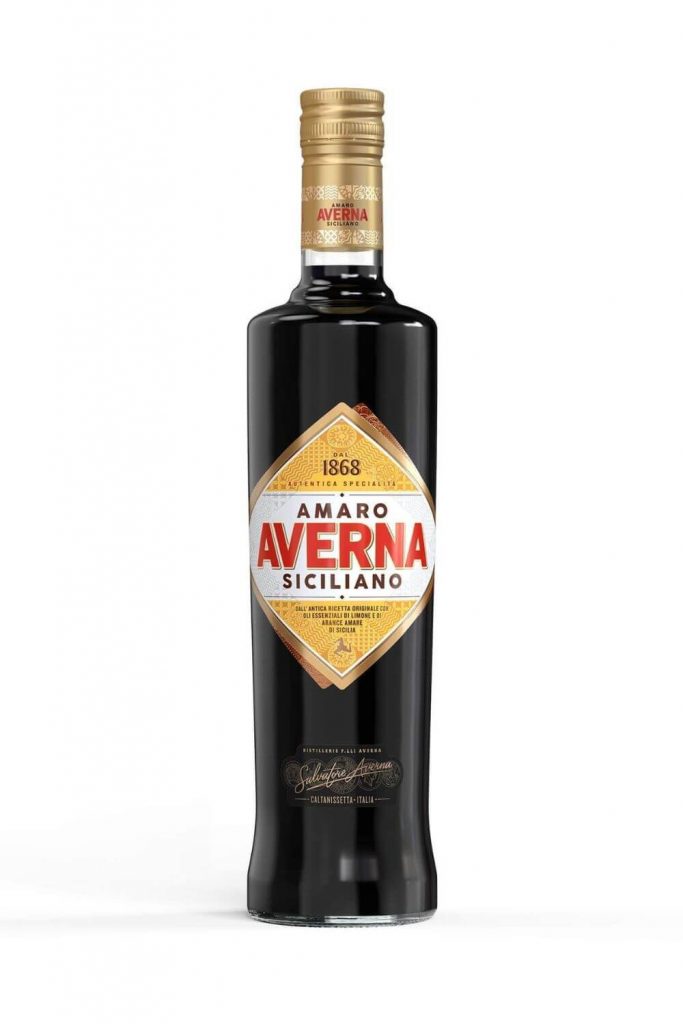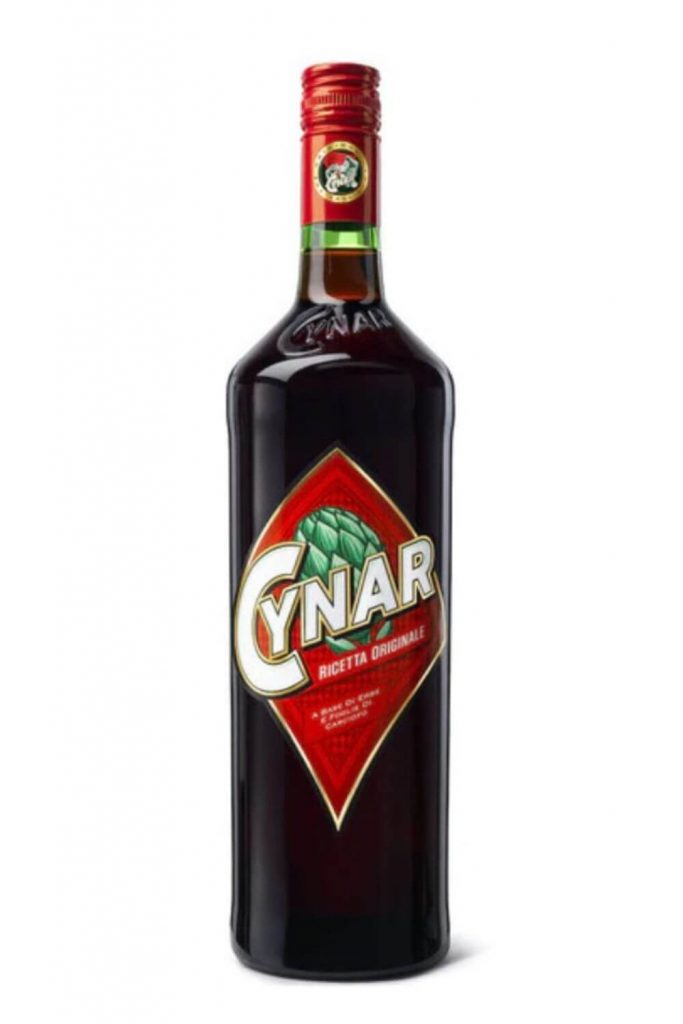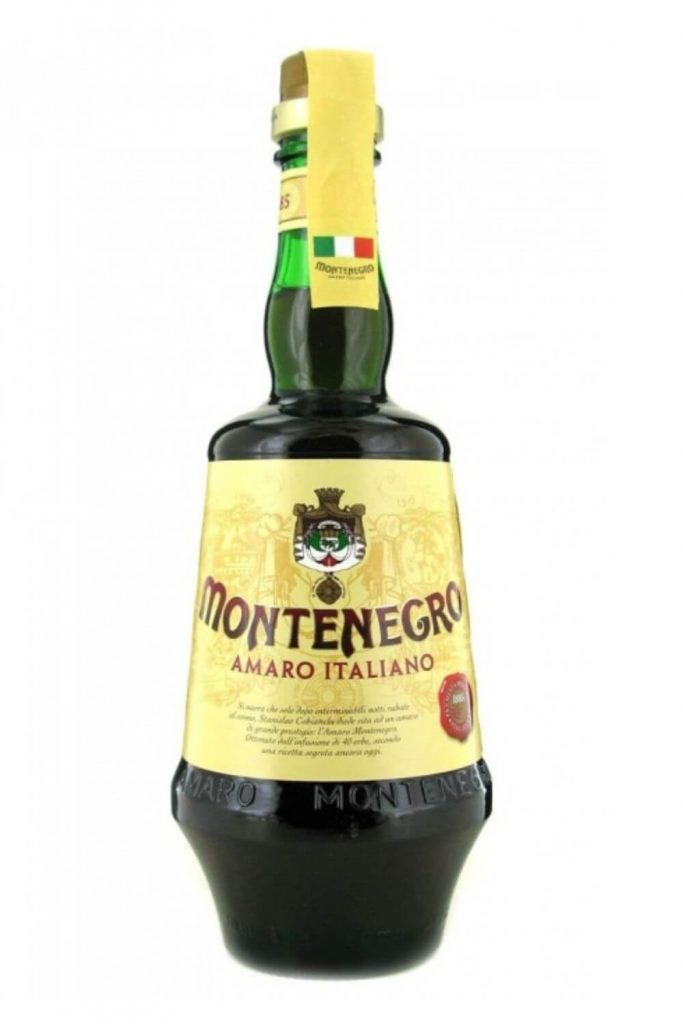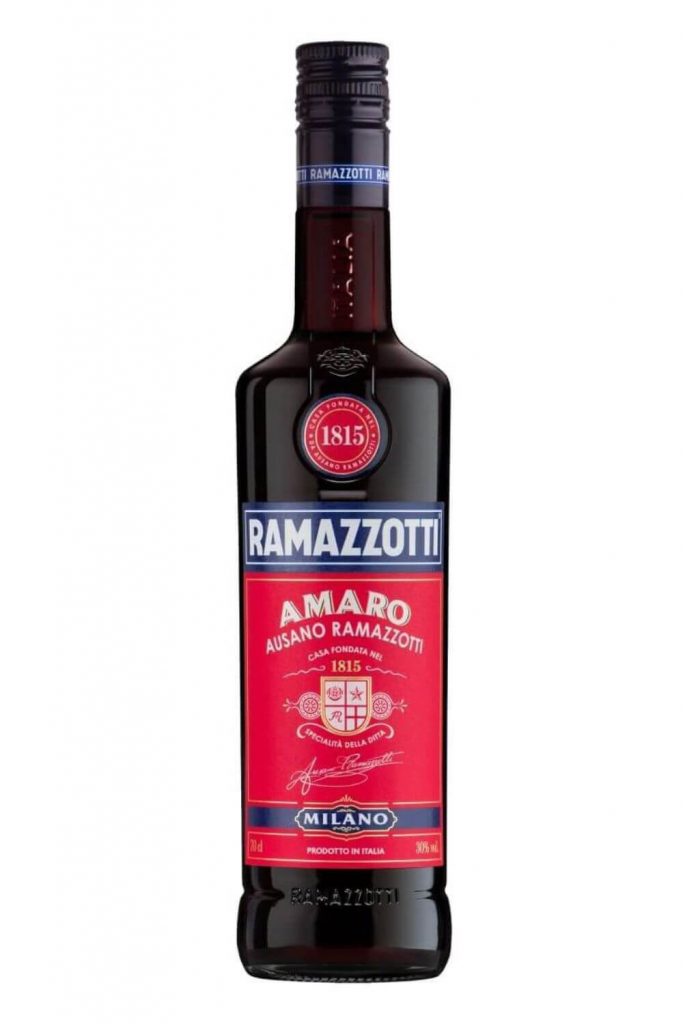What are the best Amaro Nonino substitutes?
Looking for an Amaro Nonino substitute? So, you’re on a quest to find the perfect substitute for Amaro Nonino – the secret weapon in many cocktails and recipes. Picture this: you’re in your kitchen, all set to create a masterpiece, and then, oh no, you’re out of Amaro Nonino! Don’t worry; I’ve got your back. Now, let’s dive into the alternatives that not only stand up to the challenge but might even surprise you.
As a substitute for Amaro Nonino you could try using: Amaro Averna, Cynar, Amaro Montenegro, Ramazzotti, Fernet-Branca, or Jägermeister.
Some of the substitutes listed here have similar flavor profiles, that can seamlessly step into Amaro Nonino’s shoes. But there are a few that can bring their own flair to the table. From artichoke twists to herbal flavors hopefully there is an alternative to inspire a whole new creation.
Now, how do you make the switch seamlessly? Well, it’s simple. For cocktails, maintain the ratios, but don’t be afraid to experiment. And when cooking, trust your instincts – a dash of Cynar in a sauce or Ramazzotti in a glaze can elevate your dish.
Where does Amaro Nonino come from?
So, how is this magical elixir actually crafted, and where does it come from? Well, it’s actually a family affair. The Nonino family, with roots dating back to 1897, is the mastermind behind this bitter-sweet symphony. They always start with a blend of herbs, spices, and botanicals, some of which are a closely guarded family secret. But here’s the twist – what truly sets Amaro Nonino apart is its base spirit.
Instead of the usual grain alcohol, Amaro Nonino uses a grape distillate. Grapes from the local vineyards are carefully selected, fermented, and then distilled to perfection. This grape spirit then becomes the canvas for the family’s secret concoction of botanicals, resulting in a harmonious blend of flavors.
Now, here’s the thing most websites might not tell you: the aging process. Amaro Nonino is aged in small oak barrels, which allows it to absorb the rich nuances from the wood. This patiently crafted elixir undergoes a transformation during this period, evolving into the velvety, amber-hued liquid that graces your glass.
But wait, there’s more to the story. The Nonino family takes sustainability very seriously. They utilize every part of the grape, always ensuring minimal waste. It’s not just a drink; it’s a commitment to the land and a celebration of the region’s bounty.
So, the next time you savor that sip of Amaro Nonino, know that you’re not just enjoying a drink – you’re immersing yourself in a legacy, a taste of the Friuli terroir, and the craftsmanship of a family dedicated to perfection. Cheers to the Nonino family and their liquid masterpiece!
What can I substitute for Amaro Nonino
Here are some of the best ingredients to substitute the flavor that Amaro Nonino provides.
- Amaro Averna
- Cynar
- Amaro Montenegro
- Ramazzotti
- Fernet-Branca
- Jägermeister
Amaro Nonino substitute
Amaro Averna
An Italian herbal liqueur, Amaro Averna is known for its complex flavor profile with hints of citrus, herbs, and spices. However, if you’re looking to substitute it for Amaro Nonino, keep in mind that Averna has a sweeter and less fruity taste. While they’re both amaros (Italian for “bitter”), they both bring different vibes to the table. You can still experiment with Averna in cocktails that call for Amaro Nonino, but be prepared for a slightly different taste. Try adjusting other ingredients to balance the flavors until you find your own unique twist. It’s all about exploring and discovering what suits your palate.
Here are some cocktails using Amaro Averna:
Averna Smash:
- 2 oz Amaro Averna
- 1/2 oz Fresh Lemon Juice
- 1/2 oz Simple Syrup
- Fresh mint leaves
Muddle the mint leaves in the bottom of a shaker, then add the Amaro Averna, lemon juice, and simple syrup. Shake well, before straining over ice. Finally garnish with a mint sprig. Ta da – a delicious, refreshing and herbaceous option.
Averna Spritz:
- 2 oz Amaro Averna
- 3 oz Prosecco
- Soda water
- Orange slice for garnish
Build in a wine glass with ice, starting with Amaro Averna, then add prosecco and top with soda water. Garnish with an orange slice. You have just created a delightful and effervescent drink with a touch of sweetness.
Averna Old Fashioned:
- 2 oz Amaro Averna
- 1/4 oz Simple Syrup
- 2-3 dashes of Angostura Bitters
- Orange peel for garnish
Build in a glass with ice, stir gently, and then garnish with an orange peel. A rich and slightly sweet twist on the classic Old Fashioned.

Cynar
Cynar is another Italian bitter liqueur, but it has a distinct taste as it’s primarily made from artichokes and various herbs. Yes, I know that artichokes are a vegetable, but Cynar can be an interesting substitute for Amaro Nonino in some cocktails.
While Cynar has a unique and somewhat savory profile, it lacks the fruity and honeyed notes that characterize Amaro Nonino. However, you can still experiment with it in cocktails that call for Amaro Nonino. Consider adjusting other ingredients to balance the flavors. For example, in a cocktail that relies on the sweetness of Amaro Nonino, you might want to add a touch of simple syrup when using Cynar.
Given Cynar’s unique flavor profile, it can bring a different but delightful twist to these drinks.
Cynar Negroni:
- 1 oz Gin
- 1 oz Cynar
- 1 oz Sweet Vermouth
- Orange twist for garnish
Combine the ingredients over ice, stir well, before straining into a glass. Finally, garnish with an orange twist. This variation adds a herbal and slightly vegetal note to the classic Negroni.
Cynar Sour:
- 2 oz Cynar
- 3/4 oz Fresh Lemon Juice
- 1/2 oz Simple Syrup
- Egg white (optional for a frothy texture)
Shake all the ingredients together with ice, strain, and serve in a chilled glass. The bitterness of Cynar pairs well with the tartness of lemon for a unique sour experience.
Cynar Spritz:
- 2 oz Cynar
- 3 oz Prosecco
- Soda water
- Orange slice for garnish
Build over ice in a wine glass, starting with Cynar, then prosecco, and top with soda water. Finally, garnish with an orange slice. A refreshing and slightly bitter alternative to the classic Aperol Spritz.

Amaro Montenegro
Amaro Montenegro is an Italian herbal liqueur that boasts a complex and well-balanced flavor profile. It’s known for its combination of 40 botanicals, including herbs, spices, and citrus peels, resulting in a bittersweet and also a slightly floral taste. Now, using Amaro Montenegro as a substitute for Amaro Nonino can bring a different but equally interesting dimension to your cocktails.
To make the most of Amaro Montenegro as a substitute:
Montenegro Spritz:
- 2 oz Amaro Montenegro
- 3 oz Prosecco
- Soda water
- Orange slice for garnish
Build over ice in a wine glass, starting with Amaro Montenegro, then add prosecco and top with soda water. Finally garnish with an orange slice. This creates a vibrant and effervescent drink with a unique bittersweet twist.
Montenegro Smash:
- 2 oz Amaro Montenegro
- 1/2 oz Fresh Lemon Juice
- 1/2 oz Simple Syrup
- Fresh basil leaves
Muddle basil in the bottom of a shaker, add Amaro Montenegro, lemon juice, and simple syrup. Shake well, strain over ice, and garnish with a basil sprig. The herbal notes of Montenegro shine in this refreshing concoction.
Montenegro Old Fashioned:
- 2 oz Amaro Montenegro
- 1/4 oz Demerara Syrup (or simple syrup)
- 2-3 dashes of Orange Bitters
- Orange peel for garnish
Build in a glass with ice, stir gently, and garnish with an orange peel. The bittersweet and citrusy flavors make for a delightful twist on the classic Old Fashioned.

Ramazzotti
Ramazzotti is another Italian herbal liqueur, known for its rich and complex flavor profile. It has a bittersweet taste with notes of orange peel, cinnamon, and other botanicals. While it differs from Amaro Nonino, it can still be a delightful substitute in certain cocktails. Here are a couple of ideas:
Ramazzotti Sour:
- 2 oz Ramazzotti
- 3/4 oz Fresh Lemon Juice
- 1/2 oz Simple Syrup
- Egg white (optional for a frothy texture)
Shake all the ingredients with ice, strain, and serve in a chilled glass. The citrusy and herbal notes of Ramazzotti will bring a unique twist to the classic sour.
Ramazzotti Spritz:
- 2 oz Ramazzotti
- 3 oz Prosecco
- Soda water
- Orange slice for garnish
Build in a wine glass over ice, starting with Ramazzotti, then add prosecco and top with soda water. Finally garnish with an orange slice. This creates a bittersweet and effervescent drink, perfect for a refreshing sip.
Ramazzotti Negroni:
- 1 oz Gin
- 1 oz Ramazzotti
- 1 oz Sweet Vermouth
- Orange twist for garnish
Combine the ingredients over ice, stir well, and strain into a glass. Finally garnish with an orange twist. The bittersweet profile of Ramazzotti adds a unique depth to the classic Negroni.

Fernet-Branca
Fernet-Branca is a popular Italian amaro with a strong and complex flavor profile. It’s characterized by its intense herbal, bitter, and also minty notes, making it quite distinct from the fruity and honeyed profile of Amaro Nonino. While they differ significantly, you can still get creative and use Fernet-Branca as a substitute in certain cocktails. Here are a couple of ideas:
Fernet-Branca Sour:
- 2 oz Fernet-Branca
- 3/4 oz Fresh Lemon Juice
- 1/2 oz Simple Syrup
- Egg white (optional for a frothy texture)
Shake all the ingredients together with ice, strain, and then serve in a chilled glass. The bold and herbal notes of Fernet-Branca will bring a unique and intense twist to the classic sour.
Fernet Spritz:
- 1 1/2 oz Fernet-Branca
- 3 oz Soda Water
- 1/2 oz Simple Syrup
- Orange slice for garnish
Build over ice in a wine glass, starting with Fernet-Branca, then add soda water and simple syrup. Finally garnish with an orange slice. This creates a refreshing and bitter spritz with a unique herbal kick.
Fernet Manhattan:
- 2 oz Rye Whiskey
- 1/2 oz Fernet-Branca
- 1/4 oz Sweet Vermouth
- Luxardo cherry for garnish
Stir the ingredients together over ice, strain into a glass, and then garnish with a Luxardo cherry. The strong and herbal profile of Fernet-Branca adds an intriguing layer to the classic Manhattan.
Keep in mind that Fernet-Branca is a bold and assertive spirit, so a little can go a long way.

Jägermeister
Jägermeister is a German herbal liqueur known for its unique blend of 56 botanicals, including herbs, spices, and citrus peels. It has a complex flavor profile with both sweet and bitter notes, making it different from the fruity and honeyed characteristics of Amaro Nonino. While they both have distinct profiles, you can experiment with Jägermeister as a substitute in certain cocktails. Here are a couple of ideas:
Jägermeister Smash:
- 2 oz Jägermeister
- 1/2 oz Fresh Lemon Juice
- 1/2 oz Simple Syrup
- Fresh mint leaves
Muddle mint leaves in the bottom of a shaker, add Jägermeister, lemon juice, and also a simple syrup. Shake well, strain over ice, and garnish with a mint sprig. The herbal and sweet notes of Jägermeister will bring a unique twist to the classic smash.
Jägermeister Spritz:
- 2 oz Jägermeister
- 3 oz Tonic Water
- Grapefruit slice for garnish
Build in a wine glass over ice, starting with Jägermeister, then add tonic water. Garnish with a grapefruit slice. This creates a refreshing and slightly bitter spritz with a distinctive herbal kick.
Jägermeister Old Fashioned:
- 2 oz Jägermeister
- 1/4 oz Demerara Syrup (or simple syrup)
- 2-3 dashes of Angostura Bitters
- Orange peel for garnish
Build in a glass with ice, stir gently, and garnish with an orange peel. The complex and herbal flavors of Jägermeister make for an intriguing variation of the classic Old Fashioned.
Keep in mind that Jägermeister has a bold and robust flavor, so use it wisely!

FAQs
What does Amaro Nonino taste like?
Amaro Nonino is known as having a herbaceous flavor, with a hint of herbs, caramel, cinnamon, and also bitter oranges. It is often drunk as an aperitif (before a meal), or as a digestif (after a meal). Amaro Nonion can be enjoyed neat (nothing added), or on the rocks (served with ice), with a fresh orange slice, or just simply topped with soda water.
What can I use as a substitute for Amaro Nonino in a Paper Plane cocktail?
The Paper Plane cocktail is normally made with Amaro Nonino, but if you do need to use an alternative, try using Amaro Averna, or Amaro Montenegro. These are both ‘amaro’s’ that will work well in the Paper Plane cocktail.
Summary for Amaro Nonino substitutes
Okay – that’s you all sorted with suitable substitutes for Amaro Nonino.
In conclusion, finding substitutes for Amaro Nonino isn’t just a workaround; it’s an opportunity to explore new flavors and expand your culinary horizons. So, what alternative will you be reaching for on your next kitchen adventure? The choice is yours!
- Amaro Averna: This Sicilian amaro has a rich, caramel-like sweetness with herbal and citrus notes. It’s a really great alternative if you want something complex and slightly sweet.
- Cynar: Made from artichokes and various herbs, Cynar offers a unique bitterness and a herbal profile. It can be an excellent substitute, especially in cocktails.
- Amaro Montenegro: This amaro hails from Bologna and has a well-balanced mix of sweet and also bitter flavors. It’s versatile and can work in a variety of recipes.
- Ramazzotti: With a history dating back to 1815, Ramazzotti has a robust herbal and spicy profile. It can be a suitable replacement for Amaro Nonino in certain recipes.
- Fernet-Branca: If you’re up for something bold and intensely herbal, Fernet-Branca could be a daring substitute. It has a strong menthol and eucalyptus kick, so use it sparingly.
- Jägermeister: Jägermeister is a German herbal liqueur known for its blend of 56 different herbs, fruits, roots, and spices. It has a complex flavor profile with both sweet and bitter notes.
We have gathered together a lot more facts on ingredients such as herbs, spices, oils, nuts, etc. if you would like to learn some more.
Or if you need to swap out another ingredient have a look at our Substitutes section.
